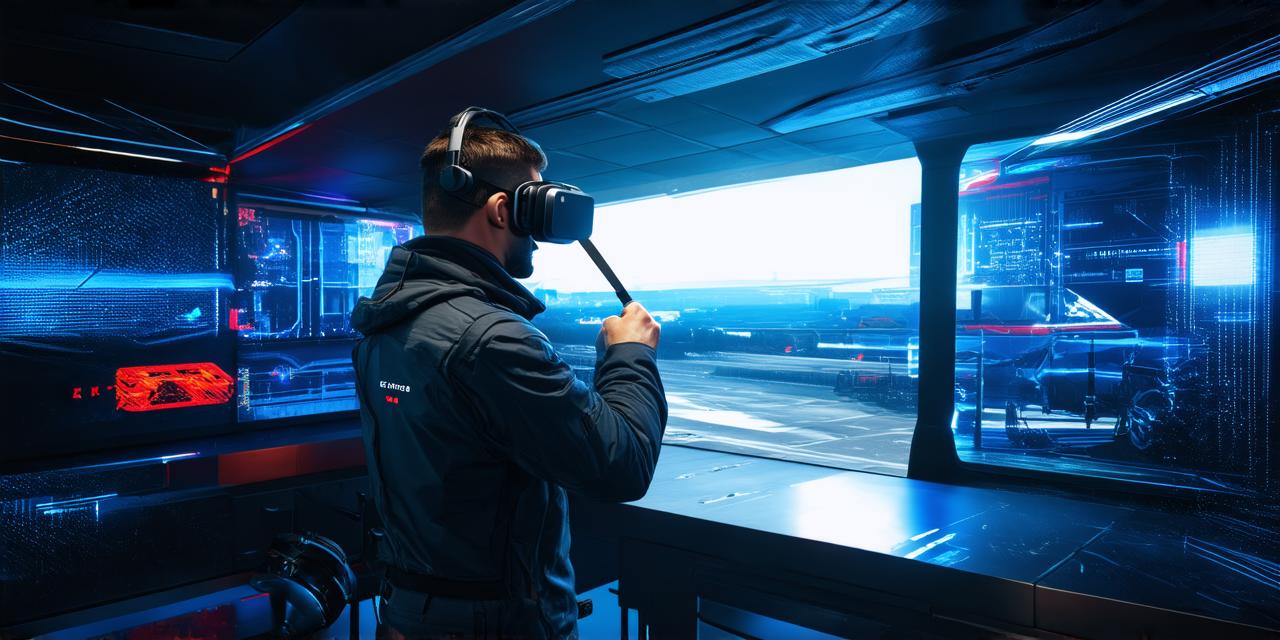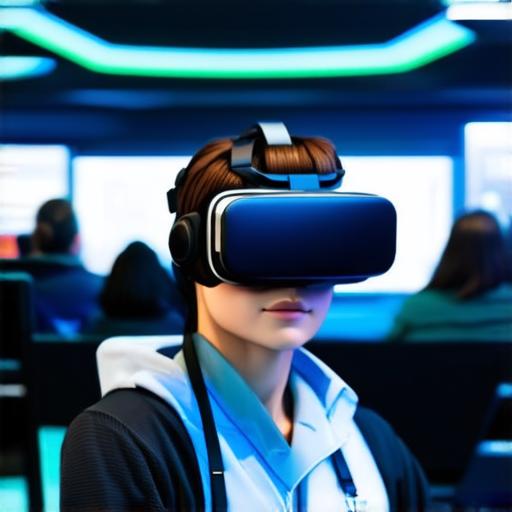
What are the benefits of using virtual reality?

Virtual reality (VR) is becoming an increasingly popular technology in the business world. With VR, businesses can offer customers immersive experiences that they wouldn’t be able to have otherwise.
However, there are many benefits to using VR in your business that go beyond just offering a unique experience. In this article, we’ll explore some of the main benefits of using VR and provide some real-life examples to help illustrate how they can be used in different industries.
Real-life Examples of VR in Action
1. Training: The military has been using VR for training purposes for years. In fact, the U.S. military has invested billions of dollars in VR technology to help soldiers prepare for combat situations.
For example, the U.S. Army’s Virtual Reality Training System uses VR to simulate real-world battle scenarios, allowing soldiers to practice their skills in a safe environment.
2. Product Visualization: IKEA has been using VR to design and test new furniture designs.
With VR, they can create 3D models of furniture and test them in virtual environments, making it easier to make changes and improve the design. This has helped IKEA reduce the number of physical prototypes they need to create and save money on production.
3. Increased Engagement: The travel industry has been using VR to showcase destinations to potential customers.
For example, Marriott Hotels has created a virtual reality experience that allows users to explore different hotel properties and see what they have to offer. This has helped Marriott increase engagement with their brand and attract new customers.
4. Enhanced Collaboration: The construction industry has been using VR to bring together teams from around the world.
For example, Skanska, a Swedish construction company, has used VR to collaborate on projects in Asia and Europe, allowing team members to work together in real-time. This has helped Skanska improve communication and reduce project costs.
5. Reduced Costs: The automotive industry has been using VR to test new designs before building physical prototypes.
For example, Ford has used VR to test new car models, allowing them to make changes quickly and efficiently. This has helped Ford save time and money on production.


